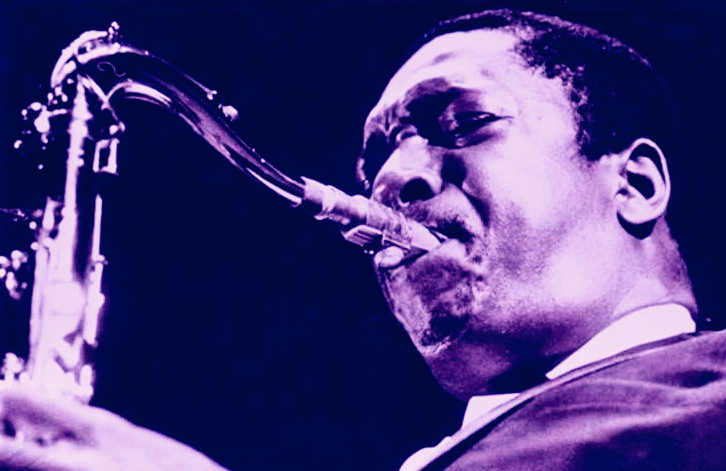THE BEST: A Love Supreme

The BEST: A Love Supreme
Reviewed by Elie Weissman
Summary: Jazz – The guitar heroes and creativists of popular music spoke of their own music as imitation, filtered or even a dumbed down version of the essential root of modern music which was Jazz. It’s a captivating sound that burst forth from New Orleans and an expression of the heterogeneity of the African American experience and accompanied the diversity of the twentieth century’s cultural sine wave. Listen to the early syncopated rhythms of Jelly Roll Morton, to the powerful trumpet of the incomparable Louis Armstrong, then to Benny Goodman’s jumping clarinet and “Big Band.” Even this novice was moved by the creativity of Count Basie’s piano stylings. Explore Duke Ellington’s complex compositions, the interplay of bass, brass, and percussion, as the piano riffs with organized creativity. Then of course, there are the smooth sounds of Miles Davis’ trumpet to calm an anxious, quarantined heart.
Why this is the best: John Coltrane emerged in the 1940s and trained in the bebop Jazz bands of Thelonious Monk and Miles Davis, refining his craft to meet their innovative sound, then recreated his own musical image. The freestyle saxophonist, a self-defined spiritual seeker, yearned for the improvisation, a spontaneous musical conversation with the members of his band. Before recording A Love Supreme (1965), Coltrane offered only minimal guidance to his band, yet together they produced a Jazz masterpiece out of just four compositions. The drums and bass uphold a steady undercurrent of rhythm, the piano sets the melody, and Coltrane weaves in, out of, and around the tune. His saxophone fluctuates between elongated melodic wails and deft switches and jumps, threatening though never breaking the seams established by the other players. The album becomes the standard bearer for “Spiritual Jazz,” expressive and emotional, as it tests the limits of the melody and the instrument. One can almost hear the musicians’ knowing glances, bobbing heads, and smiles at the striking of the perfect chord. The soloist and his band explore together, interacting, pulling and pushing to create a product that is at once un-hummable, but nonetheless engaging and affective.
I recall a comment of Wynton Marsalis, current director of Jazz at Lincoln Center: “Jazz is an argument, not in search of conflict, but resolution.” Is that not the essence of the Beit Midrash – the search for resolution, and thereby the discovery of truth? Hillel and Shammai, Abaye and Rava, question, comment, prove, and challenge in search of the essence, just like Coltrane’s quartet. For the Torah learner, halakha sets the boundaries while the student innovates, explores, and creates, testing the limits of an idea or position.
Jazz is more quest than composition, a hike through melodies and chords, notes and rhythms, pushing the limits to uncover a new sound that is both engaging and inspiring. For me, it is a soundtrack for study and personal growth: A jiving road of successes and failures, where the traveler seeks to move forward, create and innovate, even as he follows the broad spiritual path.
Elie Weissman is the Rabbi of the Young Israel of Plainview and teaches at Yeshiva University High School for Girls.
Click here to read about “The BEST” and to see the index of all columns in this series.
[Published May 21, 2020]

2 Comments
Thank you! BH, I have been studying Gemara bracha’s in the Oraysa program for the past 4 months. My background was in jazz. I came to Judaism after music conservatory. I connect very much to the parallels! Check out the book, the physics of jazz. Hatzlacha!
Thank you! I will certainly check out the book. Would love to speak to you more about those parallels. EW